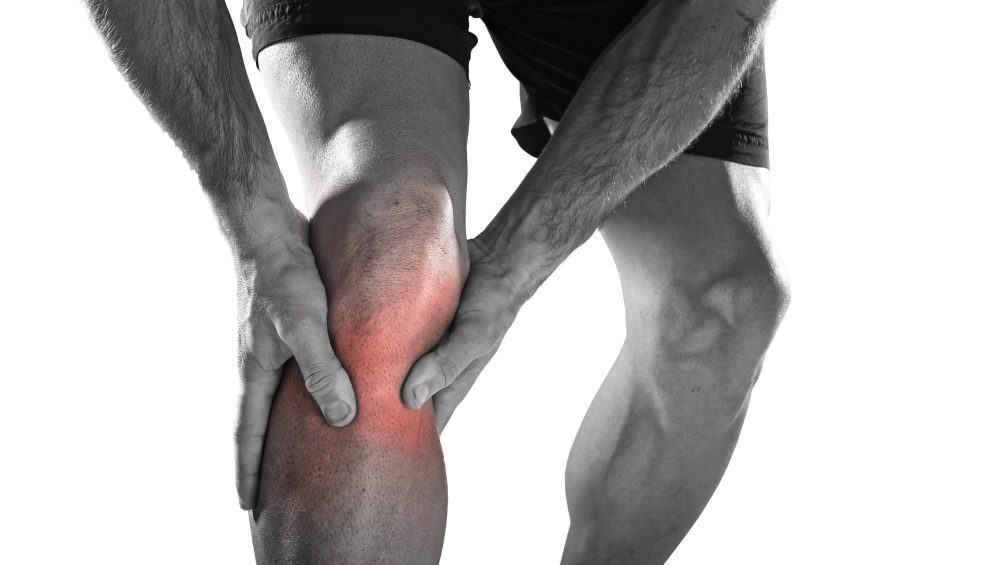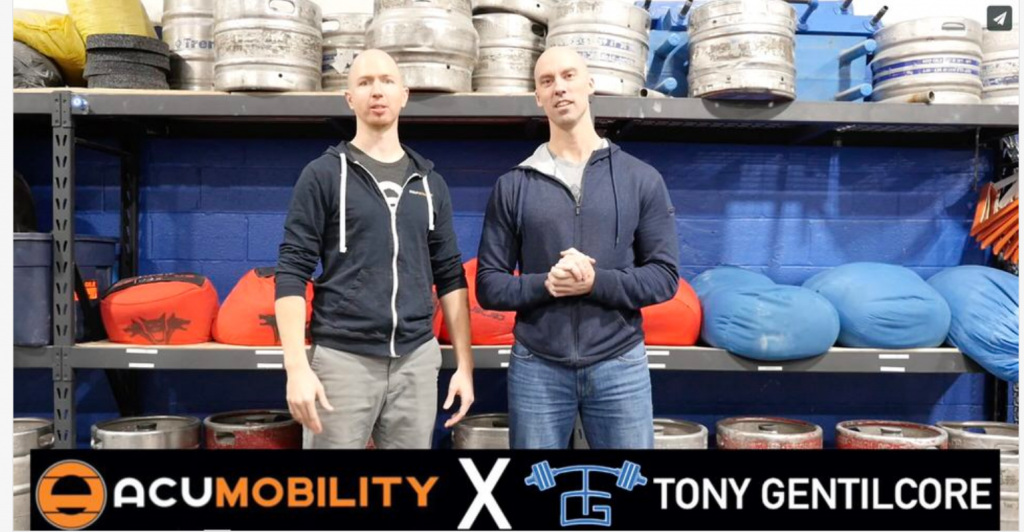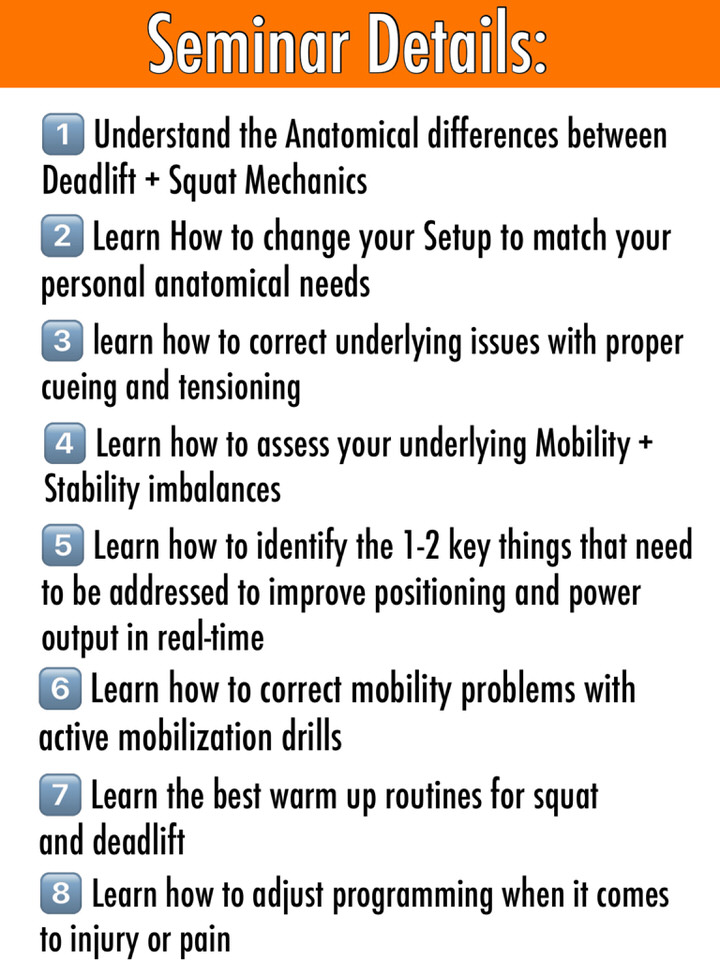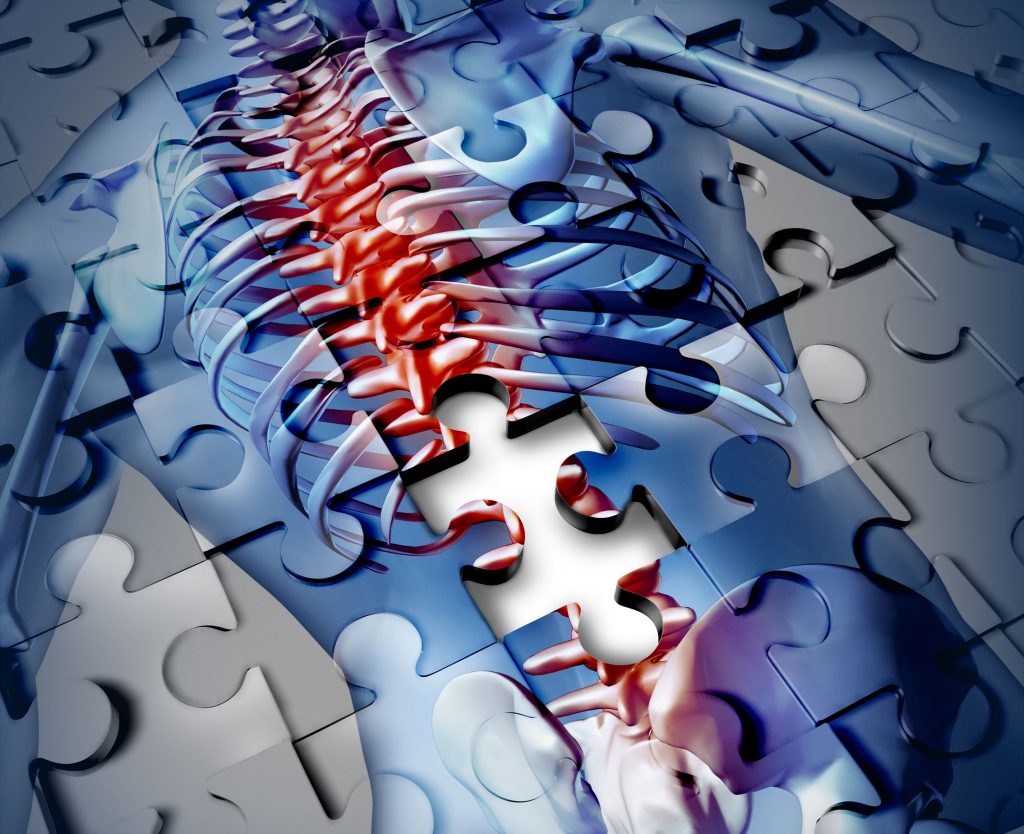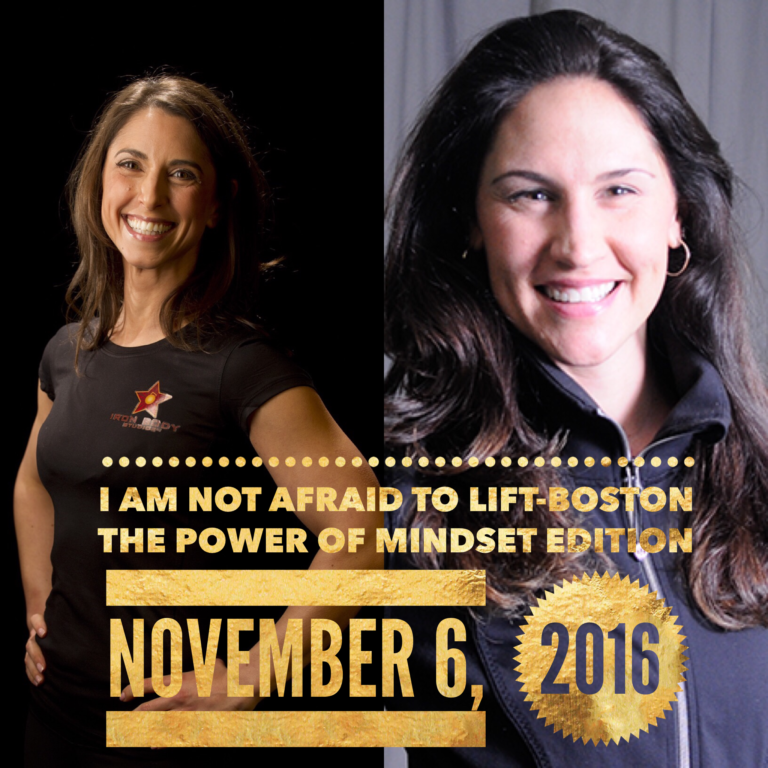Get your mind out of the gutter.
(bom-chicka-bom-bom).
Today’s post was inspired by a client of mine who came in for their training session recently but confessed that their knee wasn’t feeling so great.
Given there were a bunch of squats on the agenda that day this wasn’t ideal news to hear. However, rather than sound the alarm and nix squatting altogether I wanted to see if I could alleviate their symptom(s) with a simple intervention.
Read below…
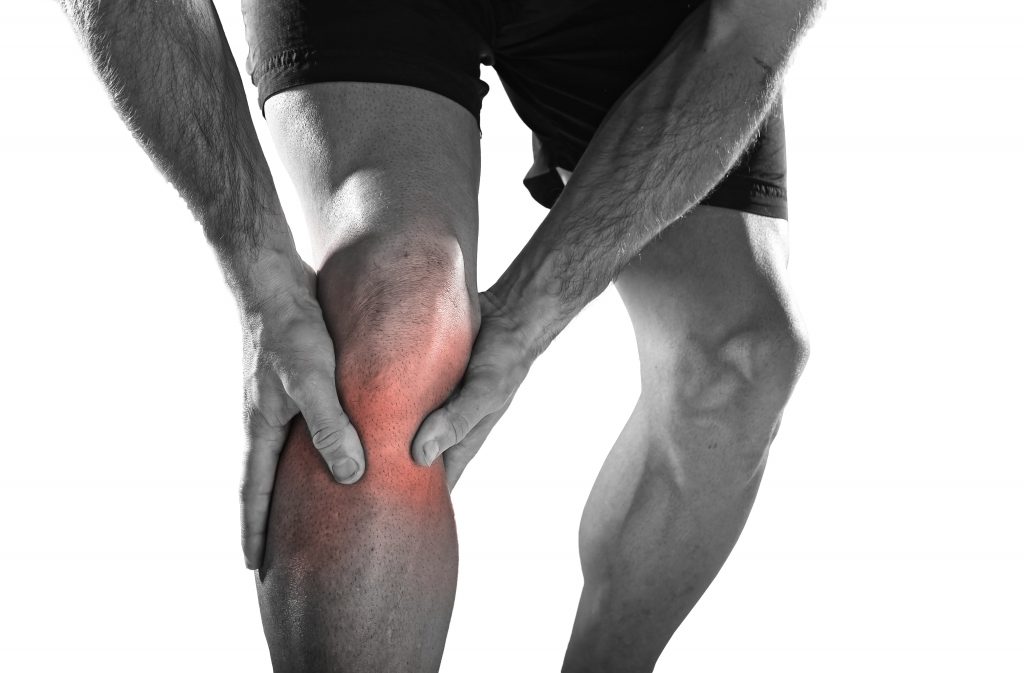
Quick-n-Dirty Knee “Fix”
I am not a wizard.
Surprise!
But this “trick” I’m about to show you has worked wonders – as in instant relief – for various clients of mine who have complained of cranky knees.
A few brief notes:
1. I receive no affiliate income or kick-back (other than unlimited hugs) from ACUMobility for recommending their product(s).
2. It’s unfortunate many health/fitness professionals fail to look BELOW the knee with regards to knee health and function. The knee joint is pretty stupid and is often at the mercy of either the hip or ankle. By all means I’d be remiss not to encourage practitioners (which isn’t my role as a lowly strength coach) to assess the knee to see if there’s any nefarious nonsense happening there.
However, in my own experience, when trying to dig a bit deeper as to WHY someone’s knee may be bothering them (outside of the actual knee itself), the lower leg gets the shaft.
3. One component is looking to see if the individual can actually rotate their tibia (lower leg bone) in relation to the femur. Many patellar tracking issues, for example, can be attributed to a lack of tibial rotation…
…AND NOT A WEAK VMO, for the love of god.1
If I were to make a list of what ACTUALLY affects patellar tracking the most it would likely look like this:
1. Lack of ability to rotate tibia.
2. ITB/adductor “tightness.”
.
.
5. Lower leg (calf) griminess (<– technical term). See below.
18. Brexit.
19. Kitty cuddles.
.
.
.
277. Belly button lint.
.
.
.
412. Weak VMO
The tibial rotation thing is something I do want to address and is something I may write about in more detail soon. In the meantime, if you just can’t wait that long, Dean Somerset and I JUST ANNOUNCED we’ll be in Athens, Greece this October to reunite after 3+ years (and a pandemic) to put on our popular Complete Shoulder & Hip Blueprint Workshop – where we discuss this topic in more detail (and much, much more).

Click HERE for details & to register
(Side Note: If traveling to Athens isn’t in the cards you can always follow along at home with our digital course HERE).
But First…
A caveat.
With regards to “general” knee pain I’ll typically start with a technique audit and then make some modifications in terms of volume/load and which variation of those exercises someone performs.
- Sometimes the fix is some coaching to help clean up someone’s form.
- Likewise, sometimes the fix is modifying the lift ever so slightly – reducing ROM, widening their stance, changing foot position – to make the lift (in this case, barbell squat) more tolerable.
I’ll always start there because it’s the lowest hanging fruit at my disposal and it ensures the client will still elicit a training effect. That and I’m a big fan of avoiding making my clients/athletes feel like a patient.
After that I’ll attempt to address tissue quality…particularly in the calves (an often neglected area).
Ouch (I mean, Great)
The gastronemius (or gastroc for those of us who are lazy) is a bi-articular muscle that crosses both the ankle AND knee joint.
It’s a nasty area that, for lack of a better term can “get nasty as fuck.”
I often find if I have someone work on their tissue quality in this area that they’ll find immediate relief in their knee(s) because it helps “unglue” their tibia to rotate more during the squat motion.
It’s not fun, but it works:
Try this the next time your knees toss you some attitude.
My guess is that it will help quite a bit!

